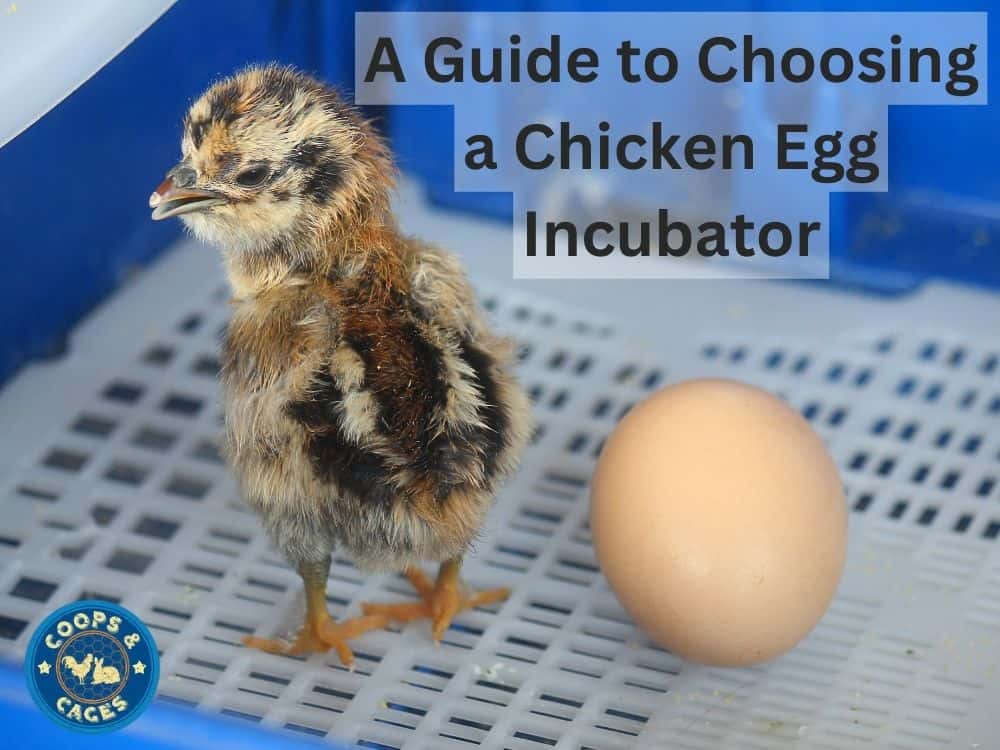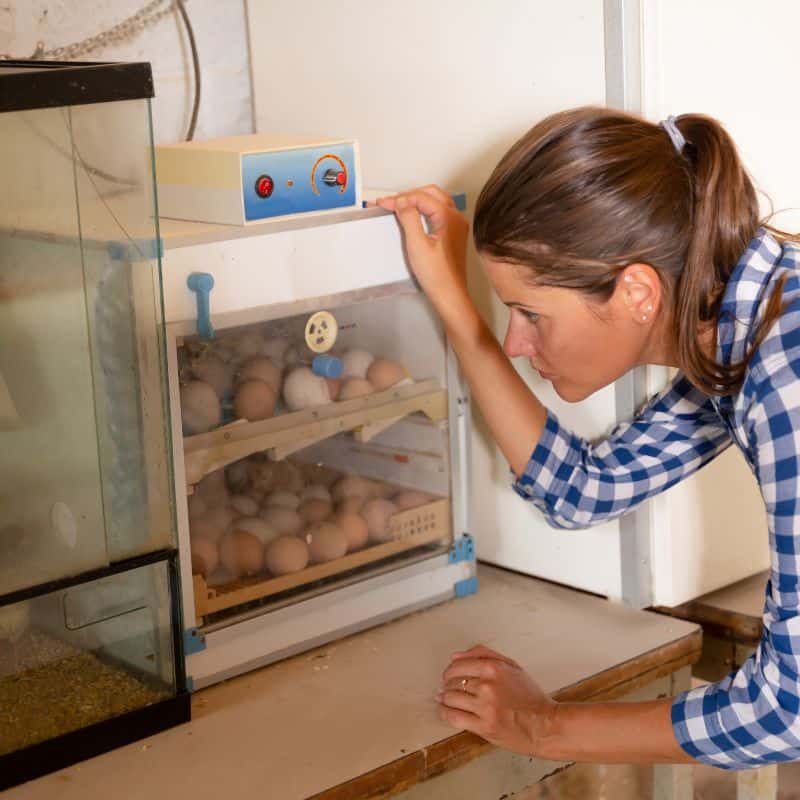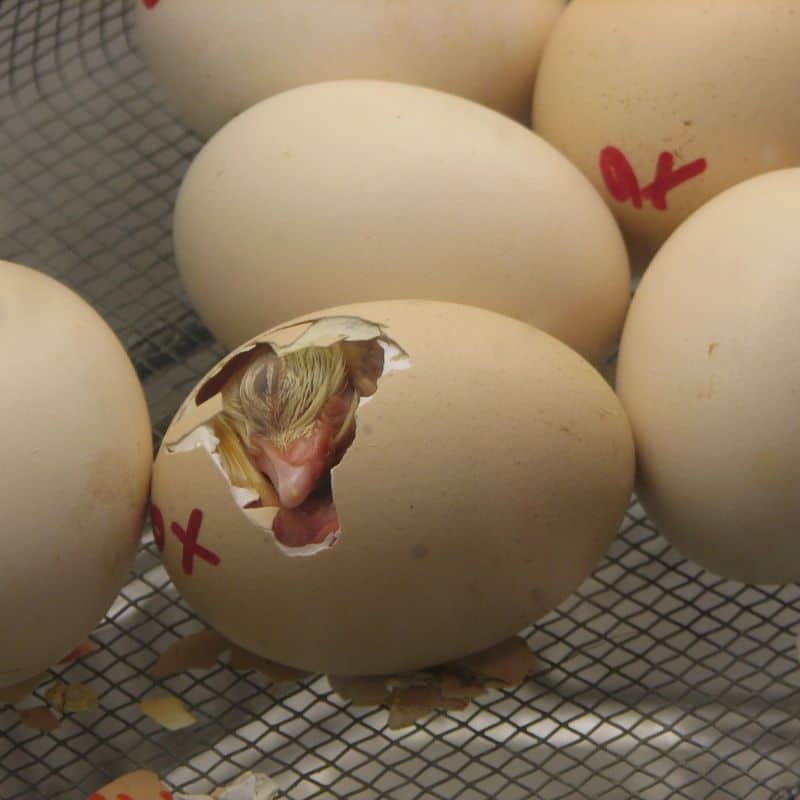Chickens
A Guide to Choosing a Chicken Egg Incubator
Choosing the perfect chicken egg incubator that meets your needs can be a daunting task. With a range of models and designs available, along with factors like price and quality to consider, the process can feel overwhelming.
But fear not! In this guide, we’ll unravel the complexities of selecting the ideal incubator, making the decision-making process smooth and informed.
Consider the Number of Eggs
Are you considering incubating eggs to replenish your egg-laying flock? Or are you incubating just one egg for a school project? Perhaps you’re diving into egg hatching as a hobby? Whatever your reason for getting an incubator, it will definitely influence your decision-making process.
Typically, fertile hatching eggs are sold by the dozen. However, it’s important to note that not all eggs will successfully hatch. Most standard-sized incubators have a capacity of 20 to 25 eggs, so this is something to keep in mind when planning your hatch.
Decide on the Type of Incubator
There are two main types of incubators: still air and forced air. So, what sets them apart? It’s quite simple: the presence or absence of a fan.
Forced Air Incubators: In forced air incubators, a fan actively circulates air throughout the unit, ensuring a consistent temperature in every corner. This means that temperature readings can be taken from anywhere within the airflow, maintaining uniform conditions for optimal incubation.
Still Air Incubators: Still air incubators operate without a fan. In these units, heat tends to form layers, resulting in temperature variations between the bottom and top of the incubator. To counter this, eggs are typically positioned upright, allowing the middle of the egg to reach the ideal temperature for incubation.
In summary, the presence of a fan in forced air incubators ensures even distribution of heat, while still-air incubators rely on strategic egg placement to achieve consistent temperatures for successful hatching.
Level of Control
There are various levels of control to consider when incubating eggs, with the trade-off being between cost and manual effort. Typically, lower-cost options require more hands-on involvement.
To ensure successful egg hatching, it’s crucial to monitor both temperature and humidity levels. Additionally, regular egg turning is necessary to prevent developing embryos from adhering to the shell walls.
While most modern incubators regulate temperature effectively, maintaining optimal humidity can sometimes be challenging. Therefore, diligent egg monitoring and turning, ideally at least three times daily, is essential.
For those using manual incubators, setting alarms can be helpful reminders for egg-turning intervals, ensuring consistent care throughout the incubation process.
Ease of Cleaning
Many people might not think about this, but it’s actually really important. Hatching eggs is fun, but cleaning up afterward can be a real hassle.
Cleanliness plays a vital role when raising chickens in the yard or on the farm. Once you have bought an incubator that is easy to clean, you’ll definitely be pleased by the perks.
Once the eggs hatch, you’ll likely find a mess with fine fluff sticking to every nook and cranny, especially hard-to-reach areas. To prevent bacteria from quickly multiplying, it’s essential to thoroughly sterilize the incubator. Investing in an incubator that’s easy to clean is the best way to avoid this issue.
Cost Consideration
When choosing an incubator, it’s essential to consider more than just the price. Although there are cheap incubators available today, it might not always be the best option for you. Often, cheaper items only last for a short amount of time. Over time, you may find yourself needing to purchase a replacement or spending more money on repairs.
However, it’s important to note that expensive incubators aren’t always the best option either. It’s crucial to thoroughly evaluate other factors such as style, design, features, and capacity. You might just be paying for the brand name, not the quality.
Selecting the right chicken egg incubator is a crucial step for any poultry enthusiast. By considering factors such as size, features, and budget, you can ensure a successful hatching experience. Whether you’re a seasoned farmer or a novice hobbyist, this guide equips you with the knowledge needed to make an informed decision and embark on a rewarding journey of egg incubation. Happy hatching!







I use formaldehyde to disinfect the eggs. Does not have happened?
Great job! Thanks for sharing. I am looking forward to build my own incubator soon as well. This post gives me an excellent idea. Staying tuned for more.
This guide is very informative.
Thanks for sharing..!
That was useful ! Thanks !